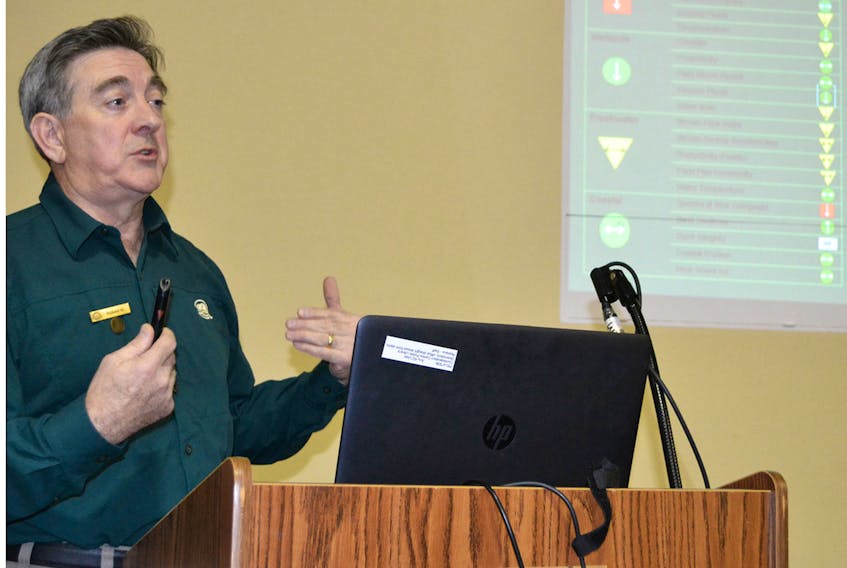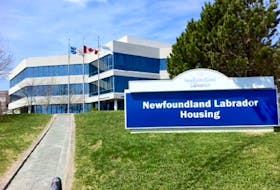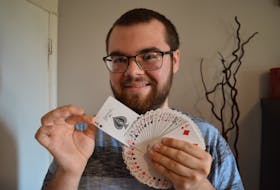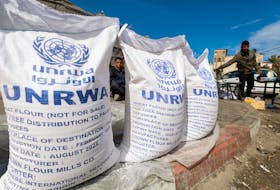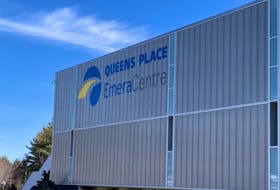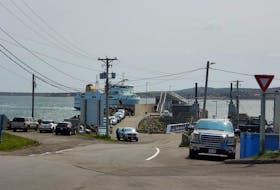The P.E.I. National Park is one of the smallest national parks in the country, but it is also one of the most popular.
It is the third most heavily visited national park behind Banff and Jasper in Alberta, with approximately 500,000 visitors annually.
But with that come challenges.
Robert Harding, public outreach education officer with Parks Canada, says it’s a constant balancing act between tourism and sustainability.
“We talk about sustainability because we are very careful about the stressors on our park and we have to be, but we are also in the tourism business,” said Harding. “We get a lot of visitors and we are an important part of the tourism industry in Prince Edward Island.”
Harding gave a presentation at the Confederation Centre Public Library Nov. 30 to talk about environmental sustainability in the P.E.I. National Park.
The P.E.I. park was created in 1937. There is only one P.E.I. National Park, but it has three sites: Brackley-Dalvay, Cavendish and Greenwich.
Harding said a big part of their job entails monitoring the park and this includes identifying and mitigating environmental stressors.
Some of those include coastal development (like P.E.I. National Park roads, parking lots and buildings), climate events, invasive species and visitor disturbance.
Harding said they monitor stressors through their State of the Park Report by examining their four different ecosystems: forest, wetland, freshwater and coastal.
Harding said one area that is in the red zone and needs improving are the forests.
“Right now throughout most of our National Park, we have a monoculture of white spruce,” said Harding.
He said this past year, 38,000 red oak, yellow birch and hemlock trees were planted in the P.E.I. park in an effort to create more biodiversity.
“It’s unprecedented,” said Harding. “That is significant and that will make a big different on some of these reports.”
Harding also spoke about some species at risk including the piping plover, Gulf of St. Lawrence aster and beach pinweed.
Harding said the biggest thing visitors could do to mitigate stress on the park ecosystem is to stay off the dunes.
Harding said the marram grass that grows over the top the dunes has a strong root system and holds the sand together, but gets damaged when people walk on it.
“I know as a kid it was always better to walk where someone else did, because that grass is kind of sharp on your bare feet, so after a while we go to the same places and same places and those roots eventually break,” said Harding. “We have lost whole dune systems in the national park from one trail that has been heavily used.”
Mark Leggott of Pownal was one of the handful of people in attendance.
Leggott said he learned how they determine the health of the P.E.I. National Park.
“It was good,” said Leggott. “We go to the (P.E.I. National Park) pretty regularly to walk the beaches and trails, so it’s good to know how the parks make priorities and that the strategies they develop come from scientific backgrounds.”
Twitter.com/MaureenElizaC

